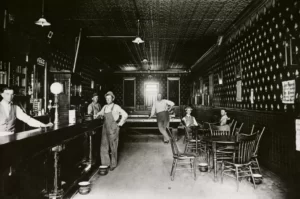A significant stock market crash in 1929 marked the beginning of a global economic downturn that lasted for almost ten years. The American diet underwent a significant transformation as a result of the development of refrigeration, modifications to the food supply chain, and an increase in the demand for low-cost meals. It was difficult to put food on the table. Additionally, combining what was available produced pretty odd concoctions. Let’s examine the unusual Great Depression foods that people consumed back then.
Prune Whip (Prune Pudding)

First Lady Eleanor Roosevelt refused to let the Great Depression depress her nation. She created low-cost, wholesome meals for Cornell’s Home Economics Department as an early advocate of the movement. The first lady and the president both adopted leaner eating habits during the Depression, even though FDR was a bit of a foodie. According to their book, A Square Meal– A Culinary History of the Great Depression, food historians Jane Ziegelman and Andrew Coe noted the Roosevelts ate this way to send a message to Americans about how to eat during troubling times. FDR had to eat straightforward simple meals, at least while visitors or the press were present.
The customary White House menu included foods that could be considered denture-friendly fare, such as deviled eggs, tomato sauce with mashed potatoes, or bean and tomato stew. Prune whip, a wonderful dessert made with everyone’s preferred dried fruit, was served for dessert. During the Depression, dried fruit such as prunes and other fruits was frequently used in place of fresh fruit. Therefore, substituting prune pudding for freshly baked pies or other desserts was quite simple. It is also simple to make. Prunes, egg whites, and sugar are the only ingredients required. Whip it all together, and you’ll have…something…in no time.
Mock Apple Pie
Ritz Crackers are excellent as a quick snack or for dipping. However, they can be used as a surprising alternative to apple pie filling. Exactly as it sounds, Ritz Mock Apple Pie is an apple pie using Ritz Crackers as the filling instead of apples. With the addition of lemon juice, Ritz Crackers’ distinctive texture, and the conventional components of an apple pie, the flavor is meant to resemble that of an actual apple pie.
This pastry counterfeit, now regarded as a Depression-era classic, had its origins in the 1880s when apple shortages necessitated finding alternatives for pie filling. Soda crackers were a cheap alternative to America’s favorite fruit. And during hard times, fake apple pies were common. The recipe was eventually printed by Nabisco on the back of Ritz Cracker boxes, where it remained up until the 1980s. In 1991, the business added the recipe back on its packaging following 1,500 requests in a single year. It continues to be a popular recipe at Ritz. You may try baking your apple pie if you think one without apples sounds delicious. Simply swap out 36 Ritz Crackers for the apples in your preferred recipe. Finally, you’ll finish making a mock pie in time for dessert.
Mulligan Stew
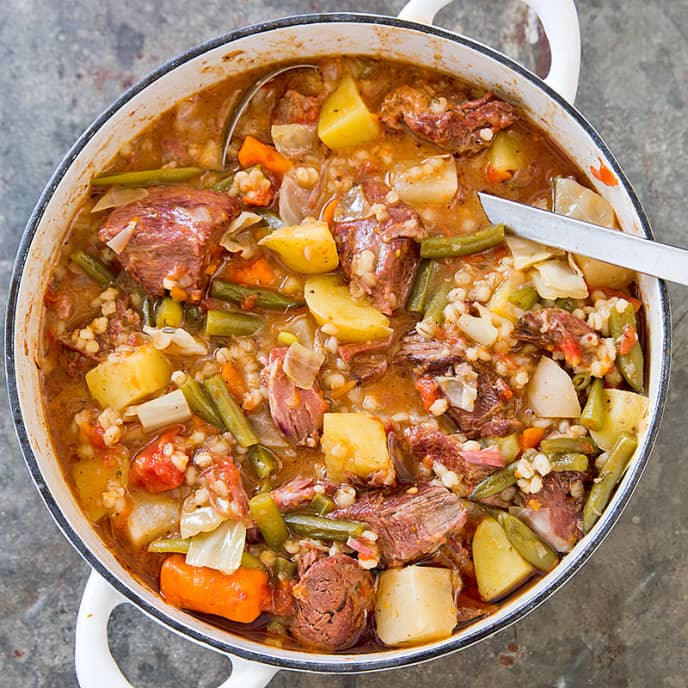
Mulligan stew was a community food put together by whatever foods they could scavenge and put together, according to a recipe straight from the “Haywire Mac” songbook. Mulligan stew was a community food put together with whatever foods they could scavenge and put together. In his book Riding the Rails– Teenagers on the Move During the Great Depression, Errol Lincoln Uys describes the dish as a mix of just about everything. Mulligan stew was typically made with stolen onions, corn, potatoes, foraged greens, and occasional meat bits. A handful of Navy beans or whatever else may add flavor to the dish may be added by enterprising hobo chefs. The real secret ingredient, however, was a small amount of Bull Durham tobacco and lint.
Eleanor Roosevelt’s Spaghetti
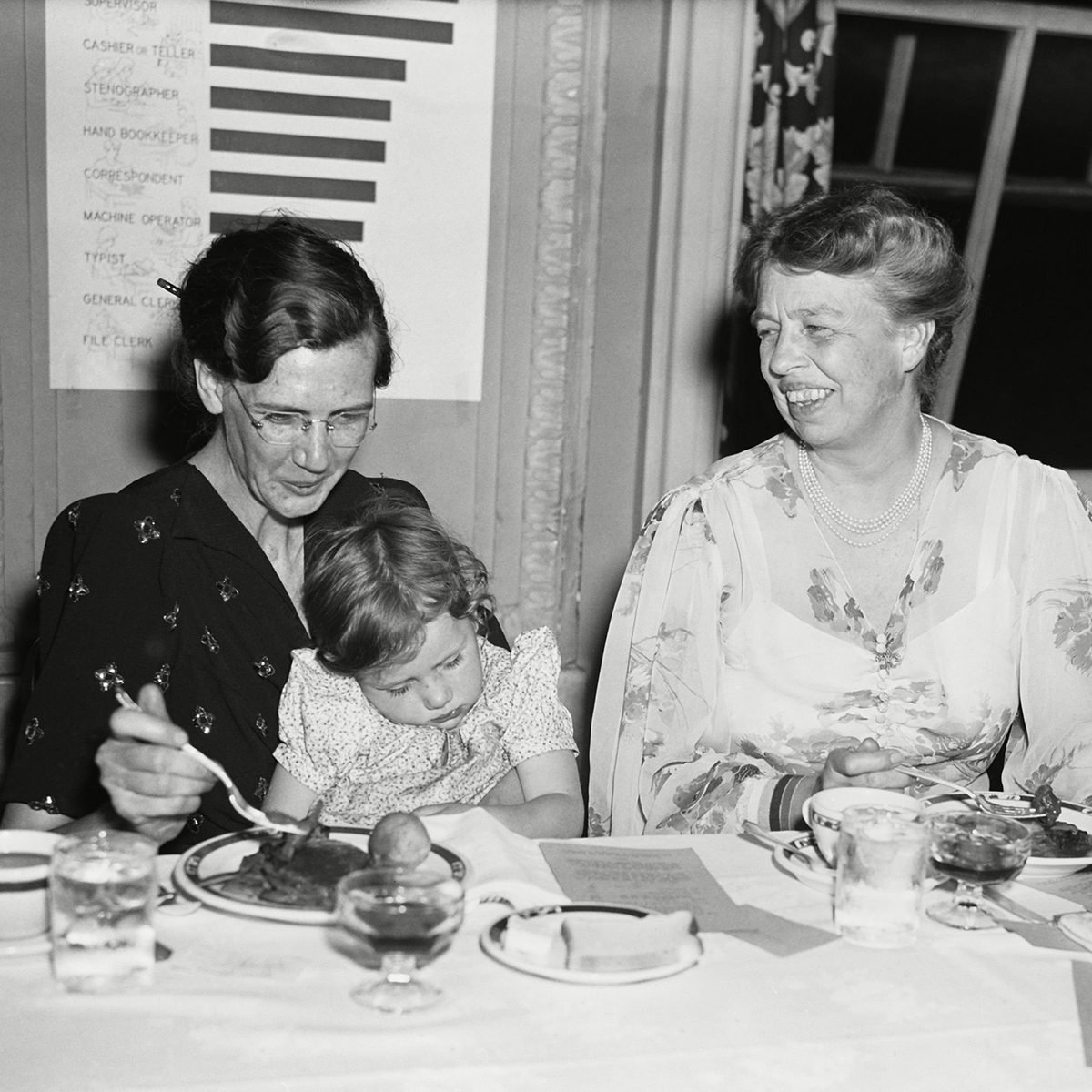
Eleanor Roosevelt did her best to promote home economics throughout the Depression. That didn’t mean she didn’t send out some genuinely bizarre dishes during that time. Take the case of an off-putting casserole made from spaghetti, boiled carrots, and white sauce. Unlike traditional pasta cooking methods, this recipe required cooking the spaghetti for a full 25 minutes. Once the pasta turned into a sad noodle mush, you were supposed to mix it with similarly boiled-to-death carrots. A bland white sauce made from milk, flour, salt, and butter topped off this off-white al dente dish. Roosevelt called it a vehicle for nutrition and nutrients. But you’d probably prefer to eat an old flapper hat instead.
Onions Stuffed With Peanut Butter
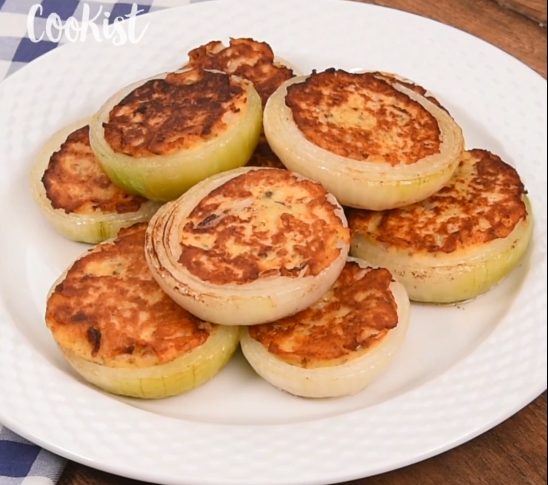
Everyone likes eating onions and peanut butter, right? Throughout the Great Depression, both products were easily accessible. It was then agreed to combine the two. The peanut butter and onion stuffed onion recipe was promoted by the Bureau of Home Economics and appeared in several newspapers and periodicals of the time. The expert home economists at the Bureau actively urged American housewives to feed the cheap glop to their families. More recently, food historians Andrew Coe and Jane Ziegelman decided to attempt to make the dish themselves. Coe stated, “it was not a popular addition to the dinner table.” Ziegelman put it more bluntly, noting that “peanut butter has nothing to say to a baked onion.”
Vinegar Cobbler
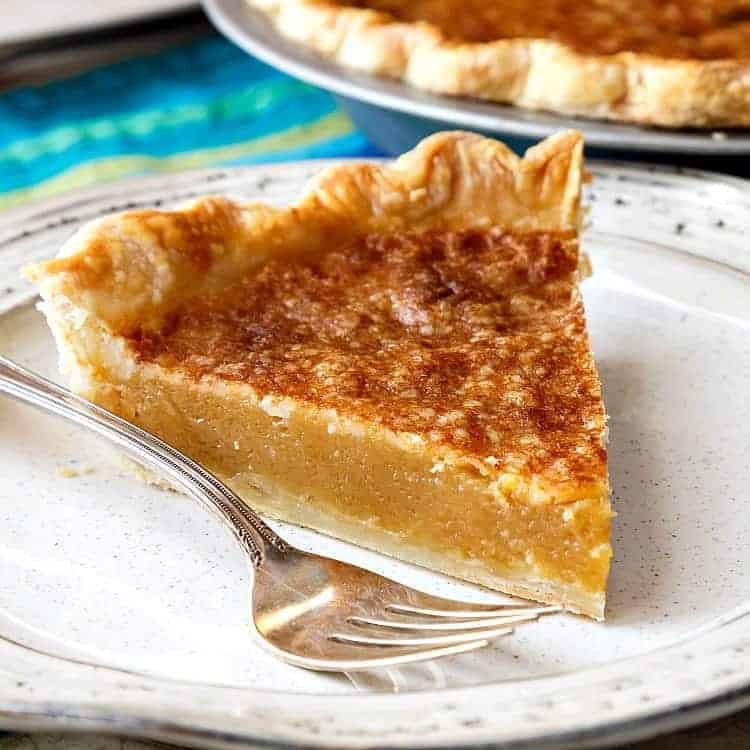
Milkorno
During the Great Depression, dining at the White House was not exactly opulent. Consider the case of Milkorno. On a presumably dark and stormy night in 1933, several mad scientists at Cornell University created Milkorno, better known as a gruel. This combination of powdered skim milk, cornmeal, and salt was created by scientists to help families stretch their food budgets. Milkorno arrived with the dubious promise of providing meals for a family of five for $5 per week. Eleanor Roosevelt, of course, served it at the White House.
Milkorno wasn’t the only milk, cornmeal, and salt-based food supplement on the market. There was also Milkwheato and Milkoato, which the government purchased in bulk. The government even purchased 25 million pounds of the dystopian dust for various hunger relief efforts. And, although they all turn into porridge when boiled, the Bureau of Home Economics bizarrely suggested that Milkorno corner was a good substitute for the noodles in chop suey.
Kraft Mac & Cheese
/https://tf-cmsv2-smithsonianmag-media.s3.amazonaws.com/filer/7e/68/7e685d5f-ce6e-473b-a6da-2837fd12a318/the_ladies_home_journal_1948_14787132323-copy.jpg)
Despite some of the strange things people had to eat during the Depression, one modern culinary staple arose in the midst of it all, the one and the only Kraft Macaroni and Cheese dinner. According to the Smithsonian, Thomas Jefferson famously served macaroni and cheese at an 1802 state dinner after falling in love with the dish while visiting France. It wasn’t an entirely new concept at the time. But the idea of boxing it and selling it as an inexpensive meal was.
A rogue salesman for the St. Lewis-based Tenderoni Macaroni Company began selling his noodles with Kraft grated cheese packets attached in 1937. Kraft quickly hired an astute salesman to market the meal to cash-strapped Americans. The dinner was a big hit, selling for 19 cents for four servings. Its speed was a selling point, with one early print ad featuring a happy, bemused husband wondering, “how the deuce did you make this keen macaroni and cheese so fast? We just got home, after all.” Kraft Dinner, as it’s known in the Great White North, went on to become a modern college cuisine staple and holds a special place in our hearts to this day.
Loaves

Most food historians concur that loaves had considerable popularity during the Great Depression. Food loaves were constructed using a primary component and less expensive ingredients to stretch the entire thing out. Dinner from the Depression era can include treats like a liver loaf, lima bean loaf, and peanut bread. Even while real meatloaf was a luxury, it could be made more economical by adding extras like bread or crackers. Ketchup and canned soup also provided greater flavor for a minimal additional expense, much like they do today.
Dandelion Salad

Some historians think it was a mistake for the federal government to ignore the contributions and innovation of immigrants to the fight against hunger during the Great Depression. Italian immigrants were occasionally renowned for feeding their families with delectable, incredibly affordable meals. However, the government declined to use its strategies as a model for eradicating hunger. Dandelion greens were one delectable and vitamin-rich item that Italian immigrant women in New York City foraged. Dandelion greens were used to make practically free meals by adding them to salads, sautéing them, or cooking them in olive oil right from the front yard to the dinner table.
Gelatin
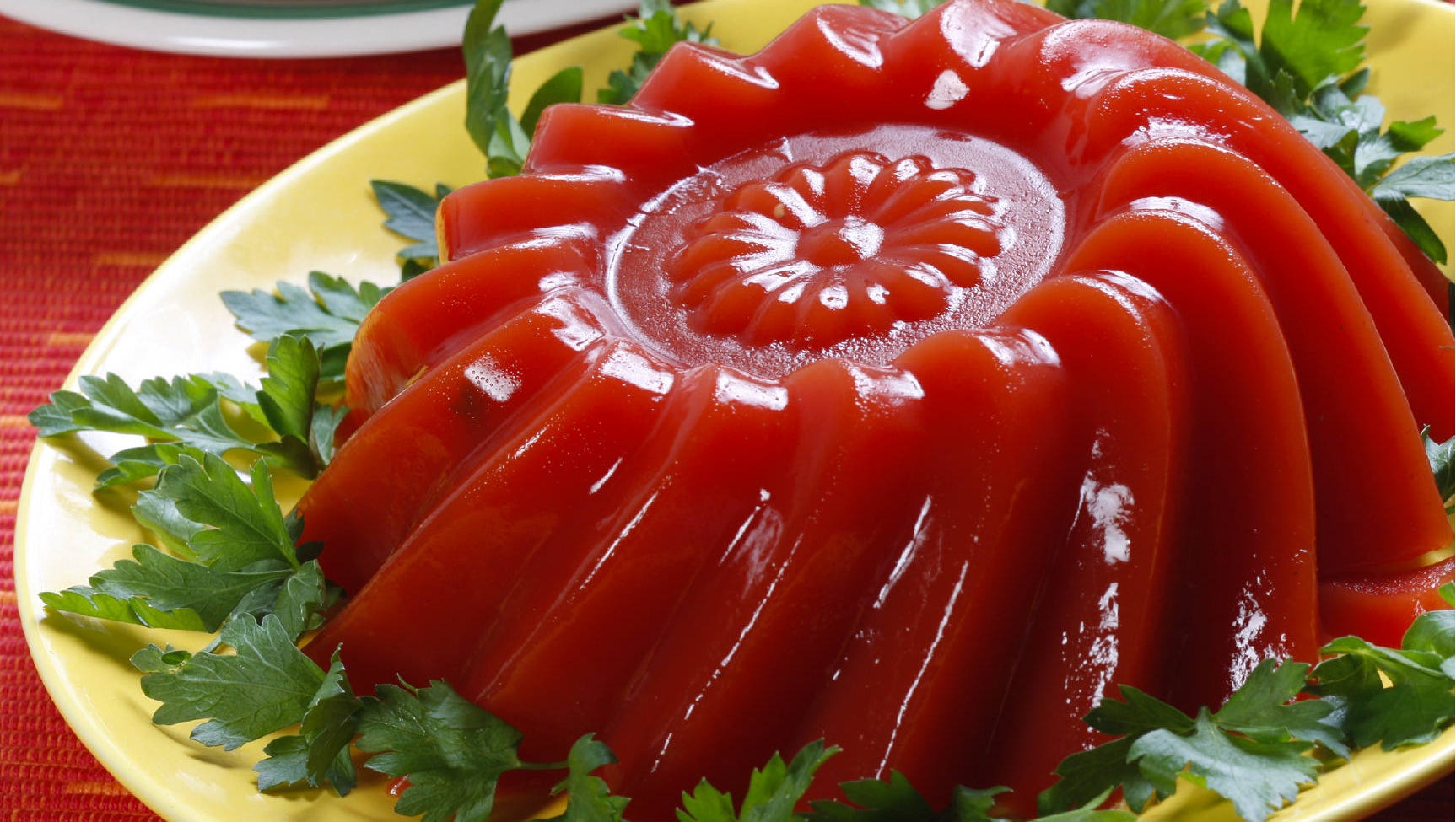
If you needed a cheap source of protein during the 1930s, gelatin was likely your main ingredient. Many Depression-era cookbooks featured gelatin as a base for such cutting-edge recipes as corned beef luncheon salad and other congealed salads.
With its unholy combination of tinned corned meat, gelatin, canned peas, vinegar, and lemon juice, corned beef luncheon salad was particularly disgusting. A few accounts from people brave enough to taste it today describe it as wrong in every aspect possible, from the color to the smell, texture, flavor, and mouth feel. They may resemble, smell, and taste like canned cat chow. However, one cannot deny gelatin’s adaptability in the kitchen.
Milk
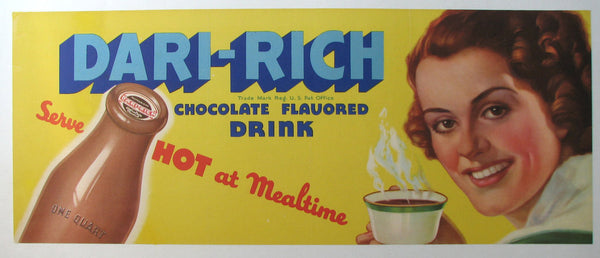
Got milk? People struggling to make ends meet during the Great Depression surely did. Milk also piqued the curiosity of dietitians, who regarded milk as a kind of superfood. Cow’s milk was considered a miracle food at the time. It served nutritional and practical functions during the period because it was high in vitamins, lipids, sugar, and proteins. Milk was also employed in a variety of recipes, ranging from flavorless white sauces and cornstarch pudding to fortified foods such as Milkorno. Of course, the sheer volume of milk delivered to school-age children was astonishing. Nearly a quart every day, as prescribed by the government. School meals almost always included a glass of milk to accompany the day’s meal.
Creamed Chipped Beef

Since the nineteenth century, chipped or frizzled beef has been a popular breakfast option in some parts of the United States, eventually making its way into a 1910 military cookbook called Manual for Military Cooks. Since then, the cream-chipped beef on toast has become an Army favorite, earning the moniker Sh*t on a Shingle, or SOS. During the Great Depression, the old frontier favorite experienced a renaissance. According to culinary historians Siegelman and Coe, this era’s rendition was a mix of canned corn beef, plain gelatin, canned peas, vinegar, and lemon juice, and was completely wrong in every aspect. That isn’t to say that some people aren’t nostalgic for SOS today. During the Second World War, SOS was frequently used.


